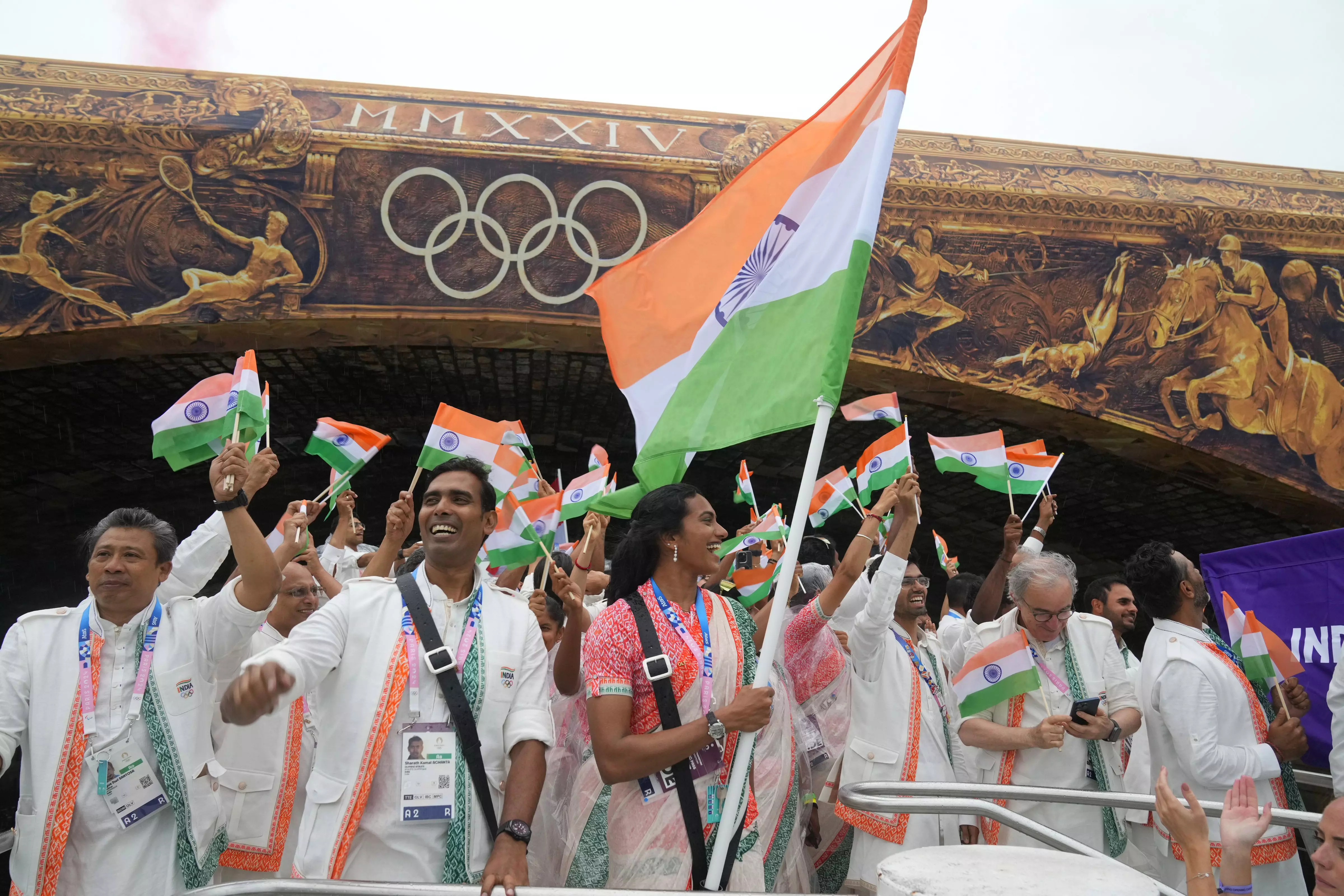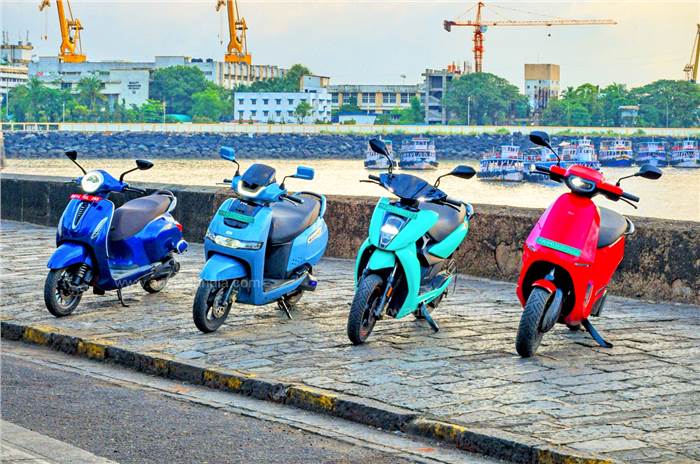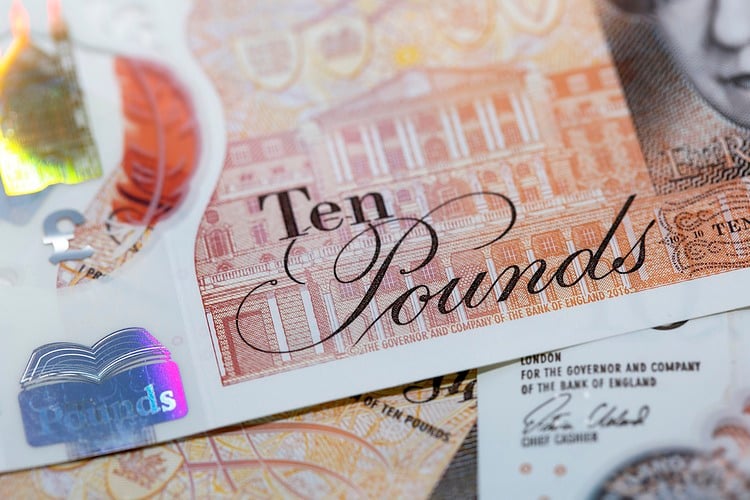)
Several factors have played a role in the ASP going up – commodity prices have increased over time, and in response, the industry has increased prices
The average selling price (ASP) of passenger vehicles (PVs) in India has been increasing steadily over the years, thanks to premiumisation, an increase in regulatory stringency, and faster adoption of sports utility vehicles (SUVs). According to data from the industry, the ASP has gone up from Rs 7.65 lakh in 2018-19 to Rs 11.5 lakh in 2023-24, increasing by over 50 per cent.
More and more people are increasingly preferring to buy a top-end variant of the vehicle of their choice – from 27 per cent of customers opting for the top end variant about a year back, now 43 per cent of buyers go for the top-end variant. There is a clear shift towards premiumisation, says Shashank Srivastava, Senior Executive Officer, Marketing and Sales, Maruti Suzuki India. “People now want more features in their vehicles. In the same model, they are opting for the one with more features. For example, non-AC models are virtually non-existent. There was a time when there was demand for non-AC models,” Srivastava explains.
Tata Motors agrees. The company says that the average sales price has been increasing across the industry. “At Tata Motors, we carefully consider a combination of several internal and external factors while making pricing decisions to ensure both financial viability and competitiveness in the market. Inflation, higher raw material prices, brand strength, migration to higher safety and emission standards – are amongst the variables considered. A significant proportion of the escalation in costs is managed by improving internal efficiencies and only the residual impact is passed on to customers,” it said.
Several factors have played a role in the ASP going up – commodity prices have increased over time, and in response, the industry has increased prices.
Srivastava said that there have been changes in the product mix also. “SUV sales have grown over the hatchbacks. This is a structural change, and prices have gone up as a result,” he said.
In the 2023 calendar year, PV wholesales crossed a record 4.1 million mark. The record sales last year were driven by demand for SUVs, which registered a 26 per cent growth year-on-year. The share of SUVs in PV sales went up from 42 per cent last year to 48.7 per cent this year. Compared to this, the share of hatchbacks went down from 34.8 per cent in 2022 to 30 per cent in 2023, and sedans also saw a loss of share to 9.4 per cent from 11 per cent in 2022.
Changes in the regulatory environment have been another reason why automobile original equipment manufacturers have increased prices across variants. “During the transition from BS 4 to BS 6 in April 2020, prices had gone up substantially. OEMs had to modify vehicles, and similarly, now the recent RDE norms or real-time driving emission norms have come in,” Srivastava said. In order to comply with changing regulatory stringency, OEMs have to make modifications in vehicles, eventually leading to price hikes.
RDE norms or Real-Time Driving Emission norms require a vehicle to have an onboard self-diagnostic device to monitor the car’s emissions in real-time.
This is also true in the luxury segment. A luxury OEM said on grounds of anonymity that their ASP has gone up by 85 per cent over the last four years to Rs 90 lakh now. “As the focus on higher-end vehicles increases and customers also prefer premium vehicles, the ASP is definitely going up in the automobile sector. For us, there has been an 85 per cent increase as the mix of more premium vehicles has increased in our overall portfolio,” said the person.
Dealers pointed out that people are now replacing their cars more often – more models get launched regularly, which entices people to change their cars every 3-4 years. “A few decades back people used to run their cars for seven-eight years or more,” said a Mumbai-based dealer.
|
Year |
ASP of PVs |
% change over previous year |
|
2018-19 |
Rs 7.65 lakh |
N.A |
|
2019-20 |
Rs 8.20 lakh |
7.19 |
|
2020-21 |
Rs 8.45 lakh |
3 |
|
2021-22 |
Rs 9.67 lakh |
14.43 |
|
2022-23 |
Rs 10.58 lakh |
8.5 |
|
2023-24 |
Rs 11.5 lakh |
9.5 |
Source: Industry
First Published: Jan 21 2024 | 9:52 AM IS
























































